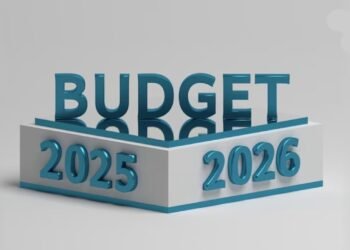The International Monetary Fund (IMF) has affirmed Ghana’s strong growth projections this year, forecasting growth to rebound to 4.7 percent in 2021, supported by a strong cocoa season and mining and services activity. The current forecast as outlined in the Fund’s recent 2021 Article IV Consultation with Ghana in July 2021 is lower than the 4.8 percent forecasted in the previous review in May 2021.
“An economic recovery is underway. Growth is expected to rebound to 4.7 percent in 2021, supported by a strong cocoa season and mining and services activity, and inflation remaining within the Bank of Ghana target”.
Moreover, with a growth of 0.4 percent last year, the IMF forecasts the economy to further strengthen to 6.2 percent in 2022. This is higher than the 5.0 percent projected by the Bank of Ghana.
Also, the IMF expects the measures outlined in the 2021 Budget Statement to support a decline in the country’s fiscal deficit beginning 2021. The Fund also noted that inflation will remain within the Bank of Ghana target, projected to end the year at 8.9 percent.
“The current account deficit is projected to improve to 2.2 percent of GDP, supported by a pickup in oil prices, and gross international reserves are expected to remain stable. The 2021 budget envisages a fiscal deficit of 13.9 percent of GDP in 2021, including energy and financial sector costs, and a gradual medium-term fiscal adjustment which would support a decline in public debt starting in 2024”.
Risks to the Outlook
Despite the positive outlook, the IMF highlighted that several risk factors exist, casting “significant uncertainty” on the recovery. The Fund expects the new pandemic waves and risks associated with large financing needs and rising debt vulnerabilities to pose major risks to the outlook.
With regards to the rising debt stock, the Fund expects the country’s gross public stock to increase to 83.5 percent of GDP in 2021 from 78.9 percent recorded last year. Furthermore, the IMF expects the debt to further increase to 84.9 percent of the country’s GDP in 2022. Meanwhile, available data from the Bank of Ghana show that Ghana’s debt stock currently stands at GH¢304.6 billion at the end of March 2021, representing 70.2 percent of GDP.
Revenue mobilization
A country’s ability to generate revenues makes it possible to finance investments in human capital, infrastructure, and the provision of services for citizens and businesses. However, revenue mobilization in Ghana has been low. However, the IMF expects Ghana’s revenue mobilization to improve this year to 14.9 percent of GDP from 12.9 percent recorded in 2020. Revenue-to-GDP ratio is further forecasted to rise to 15 percent in 2022, the ideal threshold for most developing countries.

Earlier in July 2021, Ghana’s Finance Minister, Ken Ofori-Atta, stated that government is aiming at using digitization to double its tax revenue mobilization in the next three years to about 28% of the country’s Gross Domestic Product.
Whilst the government, through its fiscal policy measures, and the GRA’s resolve to digitize its tax collection are key to efficient revenue mobilization, government needs to do more to sustain and even improve on its revenue mobilization drive.
The government must ensure that the tax system is fair and equitable whilst ensuring increased revenue mobilization, sustainable growth, and reduced compliance costs. Regressive taxes will rather worsen the plights of the poor and vulnerable in society.
According to the World Bank, Fairness considerations includethe relative taxation of the poor and the rich; corporate and individual taxpayers; cities and rural areas; formal and informal sectors, labor and investment income; and the older and the younger generations.
READ ALSO: IMF cautions Ghana against monetary financing of deficit























